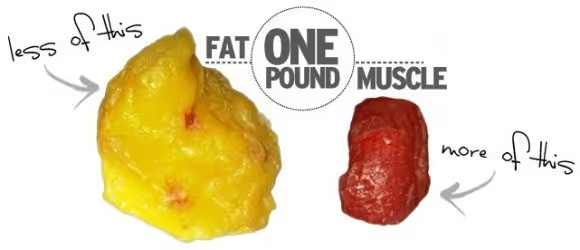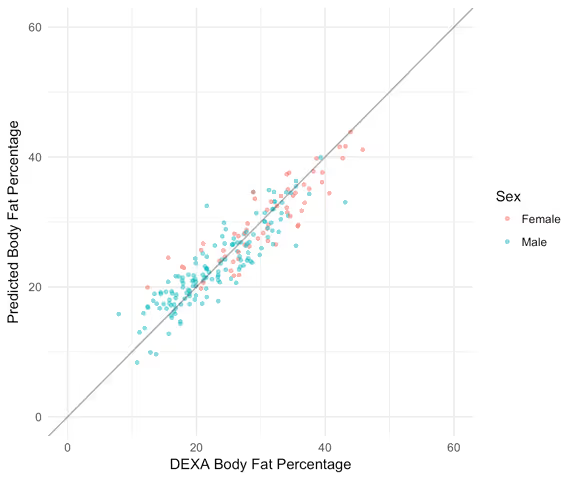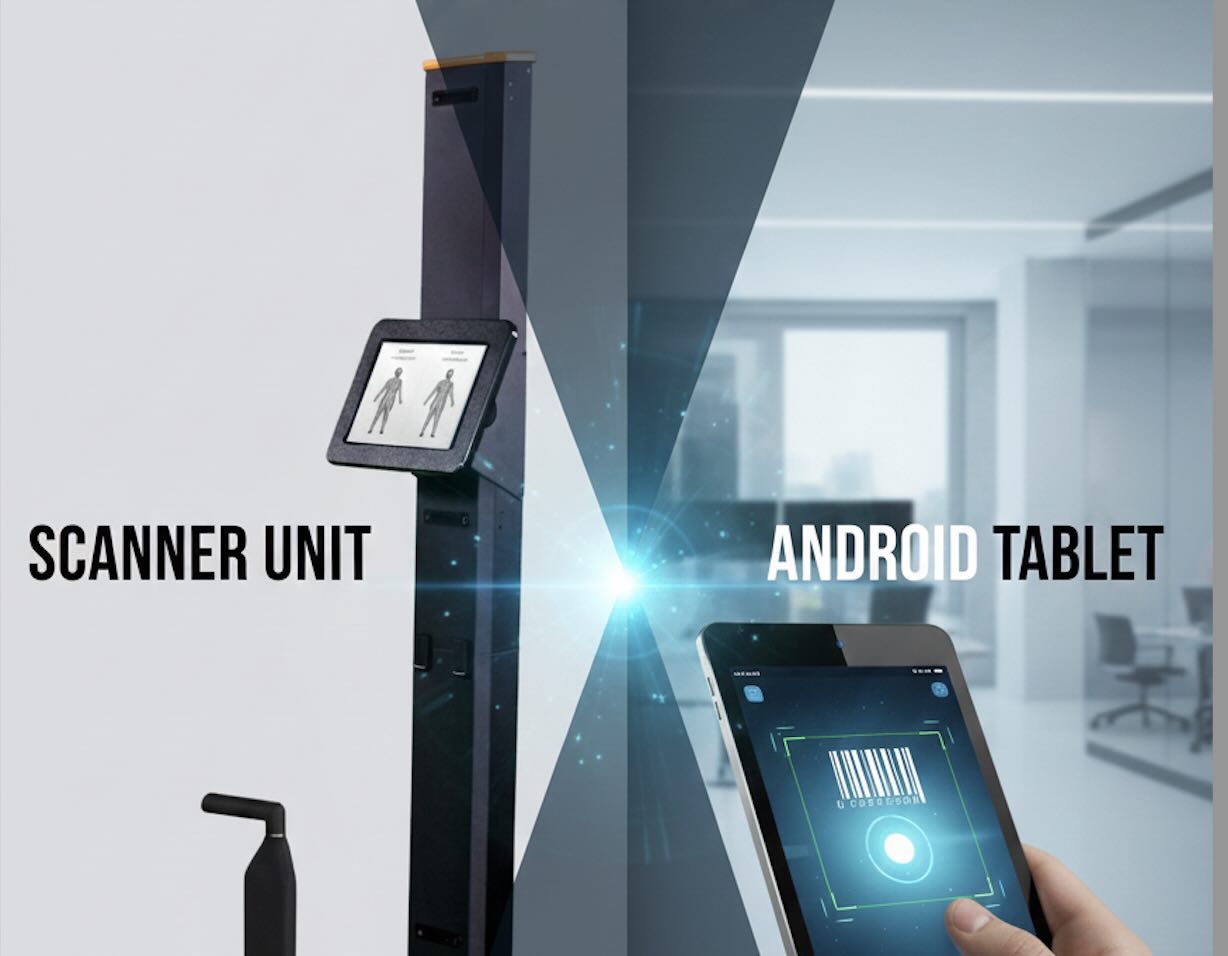
Body Fat Algorithm
Mount Sinai Partnership & accuracy
PARTNERSHIP & NEW BODY FAT ALGORITHM
I can’t tell you how many sales phone calls I’ve overheard where our sales team is telling a potential customer how much time, energy, and money we spend on research and development per year. Fit3D works with the leading health and wellness institutions from around the world, including UCSF, LSU, Riyerson University, SF Austin State, and others. All partners are working on very exciting next generation research using the patented Fit3D ProScanner and the massive amounts of anonymized data captured through each Fit3D scan. We then collaborate to integrate this research into the Fit3D platform as it is released and sometimes published.
Fit3D and Mount Sinai School of Medicine Relationship
We are very proud to announce that Fit3D and the Health Data and Design Innovation Center (HD2i) at the Icahn School of Medicine at Mount Sinai (“MSSM”) have begun a relationship to further understand how body shape affects overall health and wellness. Through this partnership, Fit3D, HD2i, and MSSM will revolutionize how we evaluate our health and wellness through body shape, IE. where mass sets within our bodies, as opposed to other more antiquated metrics like BMI and total body fat percentage, which do not generally differentiate between visceral and subcutaneous fat.
While we have a very audacious goal, our first task was to improve the Fit3D body fat algorithm because that is what is still used today as we transition to the future, and we are proud to announce the new body fat algorithm will be launched into Fit3D platform on September 21, 2017. We will focus the remainder of this post on how MSSM and Fit3D arrived at Fit3D’s v4.0 body fat algorithm and some of the more technical results.
Data Collection Process
Fit3D has partnered with 12 locations strewn across the country, from Seattle to Tampa, where the patented Fit3D ProScanner is being used in conjunction with the following whole-body DXA Scanners: Hologic Discovery/W, Hologic Horizon/A, or GE Lunar Prodigy iDXA systems. The protocol ensures that DXA and Fit3D scans are taken within 30 minutes of each other, manual metrics are correctly entered, and Fit3D scans are taken in the correct clothing, A-pose, and relaxed scanning posture.
Fit3D was used to capture the subject’s weight, balance, and anthropometric measurements including landmark locations, joint locations, circumferences, heights, surface areas, volumes, sagittal measurements, contours, and widths. DXA was used to capture the subject’s total body fat percentage. Fit3D chose DXA as opposed to bio-impedance, underwater dunk tank or other surface area / volume methods because Fit3D, and highly informed general bodies of science, consider DXA to be the gold standard of body composition analysis outside of MRI and autopsy.
Fit3D’s v4.0 body fat percentage model was created using a training set of 304 women and 528 men, further detailed by the table below:
Results
The Fit3D v4.0 algorithm predicted body fat to within 5% accuracy 90.4% of the time (85.2% accuracy on women and 92.6% accuracy on men).

We further saw two trends in the data:
- The Fit3D v4.0 algorithm slightly underestimates individuals with higher body fat percentages.
- The Fit3D v4.0 algorithm slightly overestimates individuals with lower body fat percentages.

Next Steps for the Fit3D Body Fat Algorithm
Fit3D continues to aggregate Fit3D scan information with DXA data from dozens of locations from around the country. While there will be some point of diminishing return, we believe that we are just scratching the tip of the iceberg associated with body measurements, landmarks, and shape and how they associated with health risk as well as body composition.
As Fit3D aggregates additional and statistically relevant sets of data, we will continue to revise our body fat algorithm to ensure that we are providing the most accurate assessment of body composition possible through anthropometric measurements.
As mentioned earlier in the post, while body fat percentage is important, we and our research partners are finding it significantly more important to an individual’s health to understand how an individual’s body mass is distribution and proportioned throughout their body. We are so excited to release this research in the coming quarters.
As Fit3D publishes its research and updates / upgrades its models, we integrate the research and models into the product, so our customers are always on the cutting edge of what is possible with regards to understanding body wellness.
About Fit3D:
Fit3D produces a patented 3D Body Scanner (Fit3D ProScanner) and the SNAP System that captures a full 3D body scan in seconds. This scan is then used to provide the user with the most compelling view into their wellness including 3D imagery, measurements, body shape scoring, posture analysis, and body composition.
Fit3D was incorporated in 2012 and the ProScanner has been used to provide over almost 5,000,000 wellness assessments to users from more than 80+ countries, and is currently globally being used more often than once every 1 - 1.5 minutes.
Connect with Fit3D:
To integrate Fit3D into your business reach out to the Fit3D Sales Team here.








